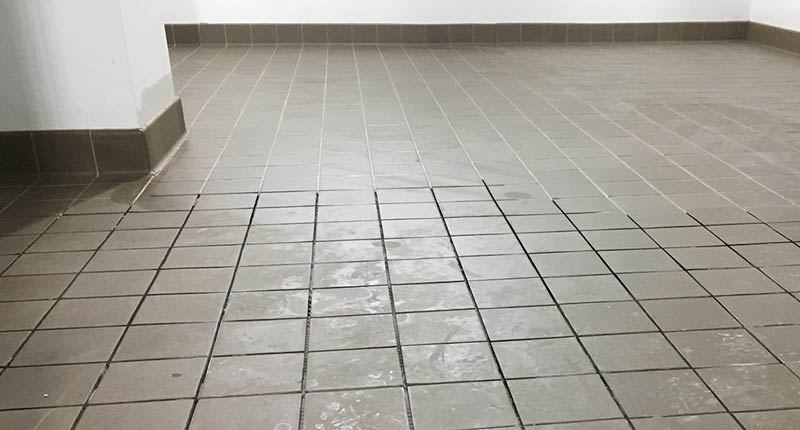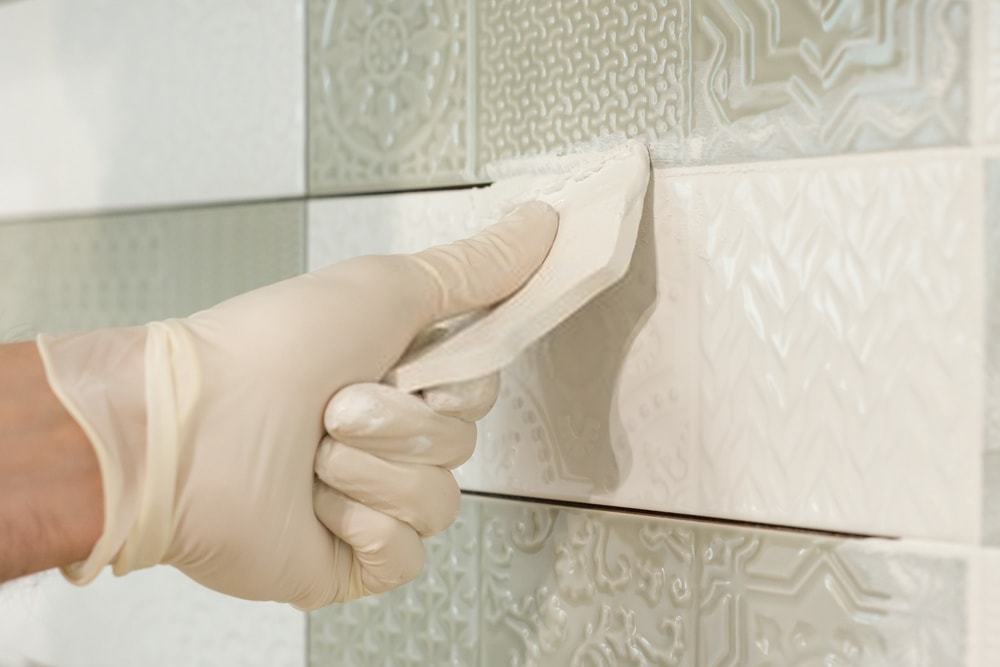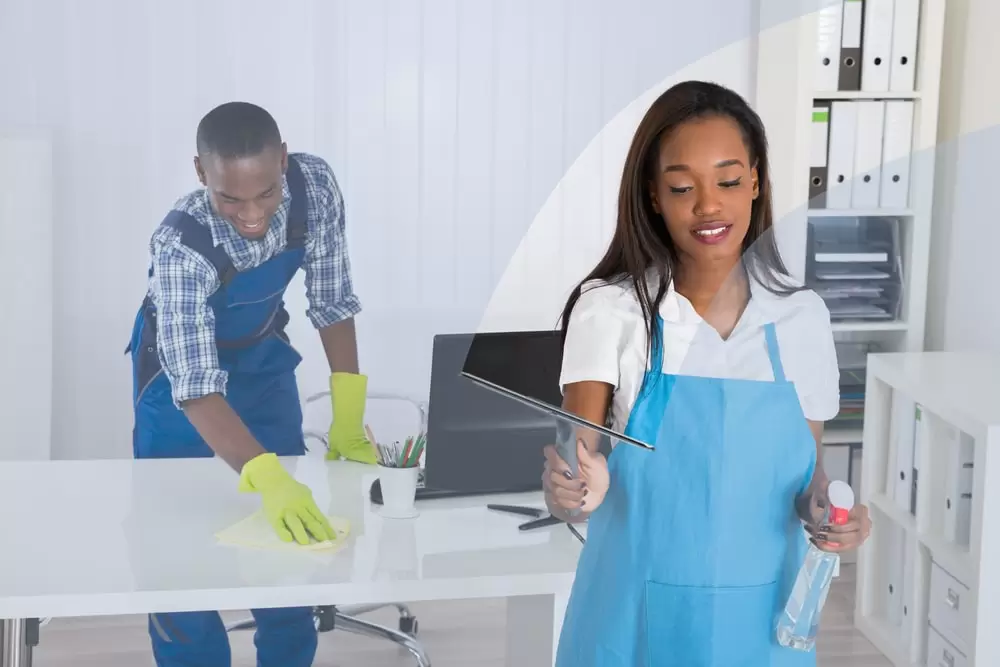You’ve come to the right place if you’re wondering how to remove dried epoxy grout from tiles. Unlike regular grout, which is relatively easy to remove, epoxy is a tougher substance to get rid of. But don’t despair – there are alternatives to epoxy grout, too! We’ve listed below some of them: Alkaline grout joint cleaner, Acetone remover, Bleach, and Paint thinner.
Acetone Remover
When removing dried epoxy grout from tiled surfaces, acetone can be your best friend. Although acetone can be a tough solvent, it will break down even the hardest grout without damaging the surrounding areas.
First of all, acetone is flammable. So, use it only in a well-ventilated area. After you’ve finished, make sure that you wash your hands carefully with a waterless hand cleaner. Citrus-based waterless hand cleaners are the gentlest on the skin and can be rinsed away with warm water. Afterward, you can use hand lotion to moisturize your skin.
In a DIY situation, you can apply acetone to the surface of the tiled area. If you are unsure of the proper technique, consult the manufacturer’s instructions before using the chemical. You may also check Bostik to help you remove dried epoxy grout from tiles.
Alkaline Grout Joint Cleaner
Before cleaning tile, consider applying a coating of alkaline grout joint cleaner. The product contains a high-strength alkaline compound that dissolves hardened epoxy cement, a compound that is necessary to remove dried epoxy grout from tiles. Before applying this product, ensure that the tile surface is completely dry. Then, follow the instructions to remove dried epoxy cement from the tile surface.
You can use hydrogen peroxide, baking soda, or dish soap for stubborn stains. Apply the cleaner to the tiles and let it sit for at least 5 to 10 minutes. Once the timer is up, scrub the grout with a sponge or brush. Scrubbing hard will loosen any stubborn dirt and agitate the grout. If the stain is too stubborn to remove, you may need to regrout the tiles. Take extreme caution when using acids.

Bleach
If your tile grout is caked with dried epoxy, use bleach to remove it. Use a clean rag or spray bottle and mix equal bleach and warm water parts. Make sure to wear gloves and a face mask. After mixing the bleach and water solution, spray the grout thoroughly. Let the solution sit for about 15 minutes. Use a rag to blot excess water. Repeat as necessary until all grout is completely clean.
If the grout is dark in color, you can also use bleach to lighten it. Use a spray bottle or toothbrush to apply the solution to the grout. Be sure to wear eye protection and ventilation when applying the solution. Then, scrub the grout thoroughly with a wet brush. Once you’ve washed away any excess solution, you can rinse the tiles with water to remove any residue. Proceed with caution and enjoy your new tile grout!
Paint Thinner
A paint thinner can be used to remove dried epoxy grout from tiles. Although the solvent isn’t harmful to the skin, it can still irritate the skin if you aren’t careful. You should avoid using denatured alcohol because too much of it can alter the chemical reaction and make the mixture hard instead of curing. Instead, use a small paintbrush or an old toothbrush to scrape off the epoxy grout.
Solvent
Another option is to use a solvent. Oil-based paints can be removed using mineral spirits, thinner, or a solution of vinegar and water. It’s best to use an oil-based solvent because it won’t be safe for latex paint or shellac. Be sure to read the label on the paint thinner to see what the recommended dwell time is for each type of paint. However, paint thinner is illegal for lacquer or shellac.
Mineral Spirits
For stubborn paints, you can use mineral spirits. These substances will strip away the sealer from the grout. If these chemicals are too harsh, you may damage the tile. Instead, try using vinegar. Vinegar is an environmentally friendly cleaning solution that works just as well, and it’s an effective solvent for stubborn paint and is free of toxic substances. Just remember to wear protective clothing while cleaning your tiles!




